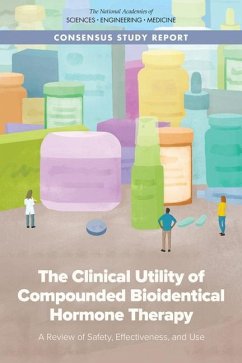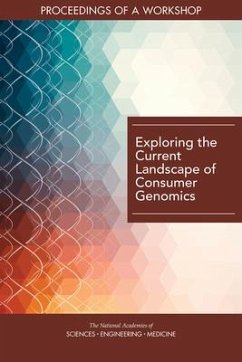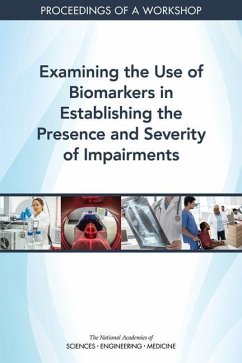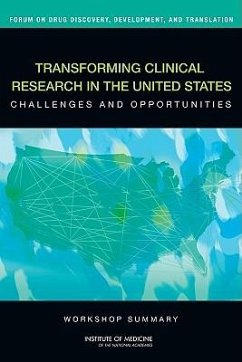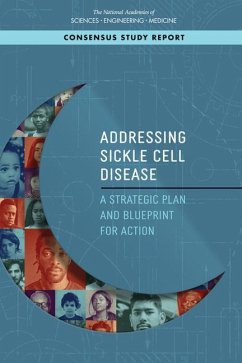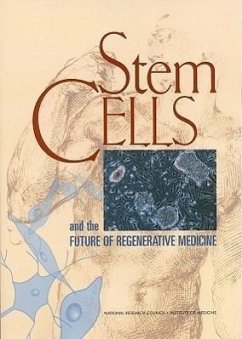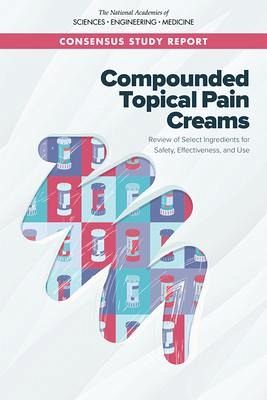
Compounded Topical Pain Creams
Review of Select Ingredients for Safety, Effectiveness, and Use
Herausgeber: Jackson, Leigh Miles; Schwinn, Debra A
Versandkostenfrei!
Versandfertig in über 4 Wochen
80,99 €
inkl. MwSt.

PAYBACK Punkte
40 °P sammeln!
Pain is both a symptom and a disease. It manifests in multiple forms and its treatment is complex. Physical, social, economic, and emotional consequences of pain can impair an individual's overall health, well-being, productivity, and relationships in myriad ways. The impact of pain at a population level is vast and, while estimates differ, the Centers for Disease Control and Prevention reported that 50 million U.S. adults are living in pain. In terms of pain's global impact, estimates suggest the problem affects approximately 1 in 5 adults across the world, with nearly 1 in 10 adults newly di...
Pain is both a symptom and a disease. It manifests in multiple forms and its treatment is complex. Physical, social, economic, and emotional consequences of pain can impair an individual's overall health, well-being, productivity, and relationships in myriad ways. The impact of pain at a population level is vast and, while estimates differ, the Centers for Disease Control and Prevention reported that 50 million U.S. adults are living in pain. In terms of pain's global impact, estimates suggest the problem affects approximately 1 in 5 adults across the world, with nearly 1 in 10 adults newly diagnosed with chronic pain each year. In recent years, the issues surrounding the complexity of pain management have contributed to increased demand for alternative strategies for treating pain. One such strategy is to expand use of topical pain medications--medications applied to intact skin. This nonoral route of administration for pain medication has the potential benefit, in theory, of local activity and fewer systemic side effects. Compounding is an age-old pharmaceutical practice of combining, mixing, or adjusting ingredients to create a tailored medication to meet the needs of a patient. The aim of compounding, historically, has been to provide patients with access to therapeutic alternatives that are safe and effective, especially for people with clinical needs that cannot otherwise be met by commercially available FDA-approved drugs. Compounded Topical Pain Creams explores issues regarding the safety and effectiveness of the ingredients in these pain creams. This report analyzes the available scientific data relating to the ingredients used in compounded topical pain creams and offers recommendations regarding the treatment of patients.



